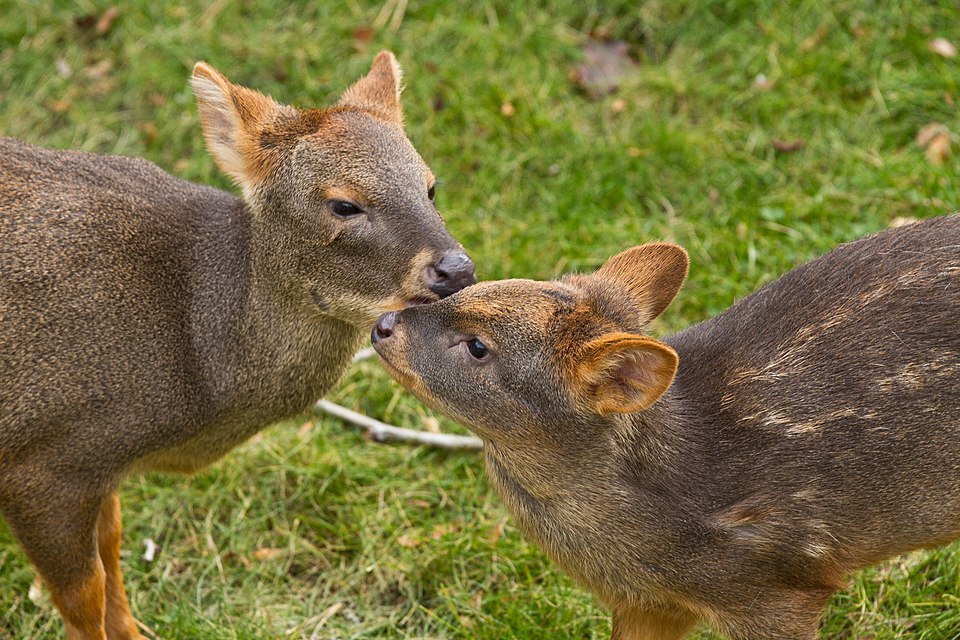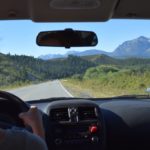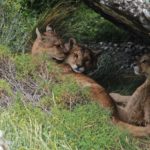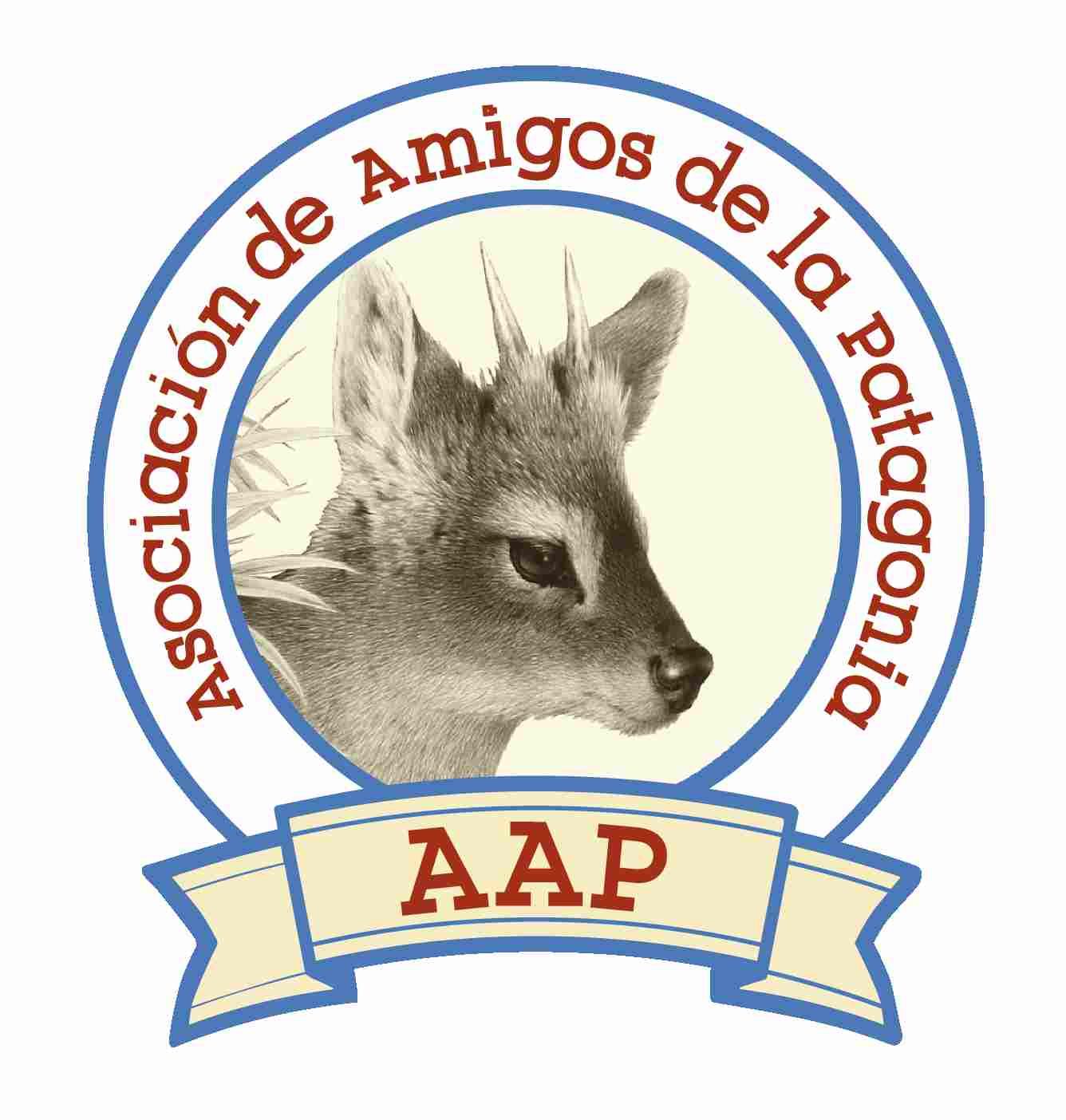
Tiny, elusive, and almost magical in its appearance, the pudú is the smallest deer species in the world. Native to southern Chile and Argentina, this miniature ungulate is a hidden treasure of the temperate forests of Patagonia, often found in areas with dense understory and thick vegetation. Its endearing size and shy nature make every sighting an unforgettable experience.
Where to See It
The Southern pudú (Pudu puda – picture by Evan Hargus) inhabits:
- Andean and coastal forests of Chile, from Curicó to southern Patagonia
- Forested zones in Argentina, especially the Andean foothills in Neuquén, Río Negro, and Chubut provinces
- Patagonia (Argentina and Chile)
- Protected areas like:
- Lanín National Park
- Los Alerces National Park
- Valdivian Rainforest areas in Chile
It thrives in humid, densely vegetated areas, where it can remain well-hidden from predators.
Very rare encounters.
Physical Characteristics
The pudú is truly one of nature’s marvels:
- Height: Only 25–40 cm (10–16 in) at the shoulder
- Length: 60–85 cm (24–33 in)
- Weight: 6–12 kg (13–26 lbs)
- Coat: Reddish-brown to dark brown, providing excellent camouflage
- Face: Short snout and large, alert eyes
- Antlers: Tiny and simple, present only in males
Its compact build allows it to move nimbly through thick brush, and it often forms narrow trails in the undergrowth.
Behavior and Diet
The pudú is solitary and highly elusive, rarely seen in the open. It’s mostly active during twilight hours, making it a challenge to spot.
Diet:
- Leaves, bark, and twigs
- Fruits and seeds
- Mosses and ferns, depending on availability
They feed by standing on their hind legs or climbing small inclines to reach foliage.
Reproduction and Lifespan
- Mating season: Autumn (April–May)
- Gestation: Around 7 months
- 1 fawn per year, born with white spots that fade with age
- Lifespan in the wild: up to 10 years, though often shorter due to predators
The fawn stays hidden for the first few weeks and is protected by its mother in the dense forest.
Conservation Status
The pudú is classified as Near Threatened due to:
- Habitat fragmentation from agriculture and urban development
- Predation by domestic dogs
- Vehicle collisions
- Illegal pet trade
Efforts are being made to restore habitat corridors and educate local communities about the importance of this unique species.
Custom tours in Patagonia
The pudú is a symbol of the hidden richness of Patagonia’s temperate forests—a quiet, almost mythical creature that reminds us of the delicate balance in nature. For wildlife enthusiasts and conservation-minded travelers, knowing that such a tiny deer roams freely in the forest is a reward in itself.
We’re a local tour operator based in Buenos Aires, which offers custom tours in Patagonia and other regions of Argentina and Chile. We invite you to contact us, and start planning your next incredible journey to South America!
Get inspired by some of our travel ideas, listed below:
Puma Tracking Tour and Orca Watching
Mision Province & Ibera Wetlands
Orca Whale Watching in Patagonia Argentina
Iguazu Falls, Peninsula Valdes and the Wetlands
Where to see Penguins in Patagonia
Peninsula Valdes: Wildlife Tour
0












